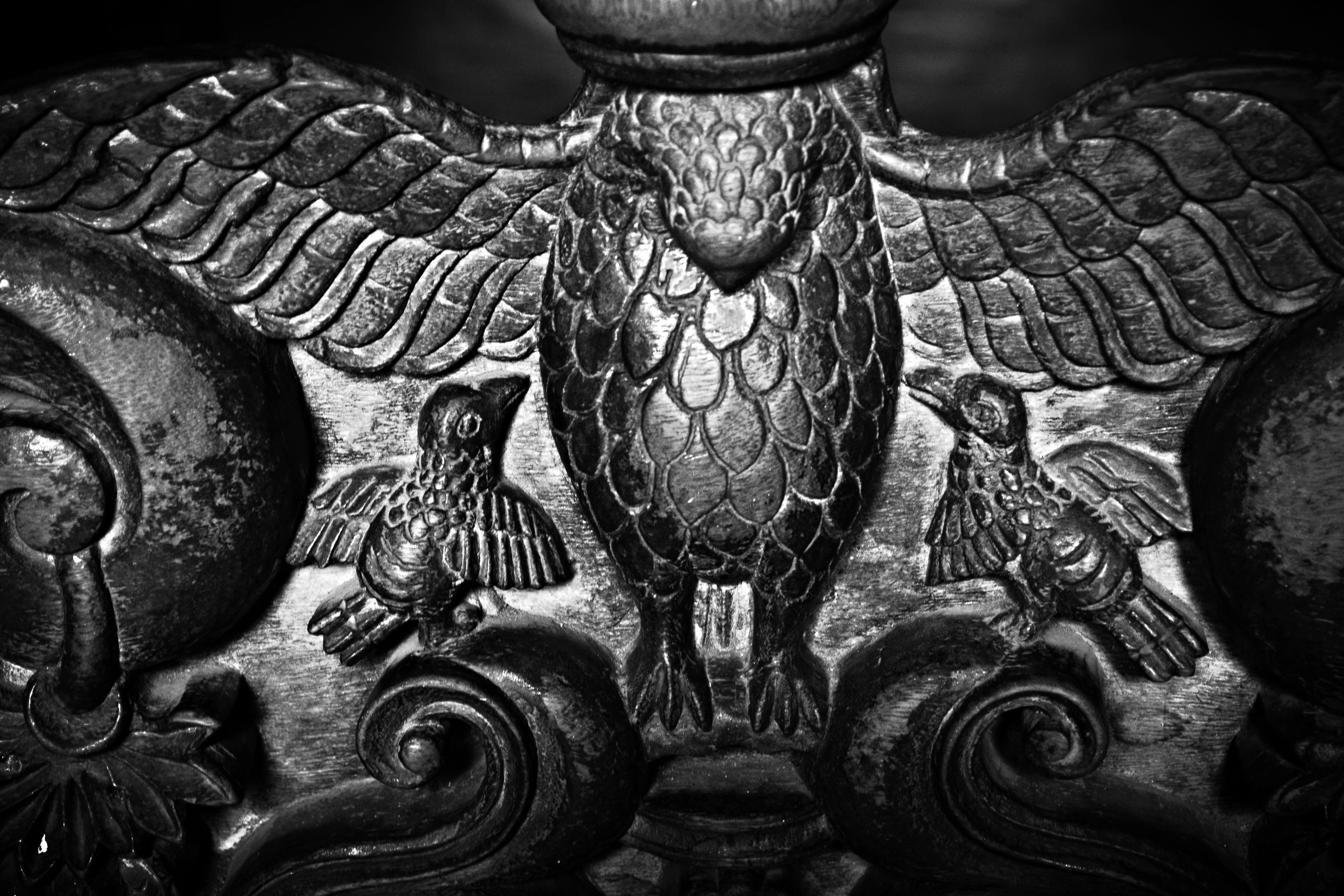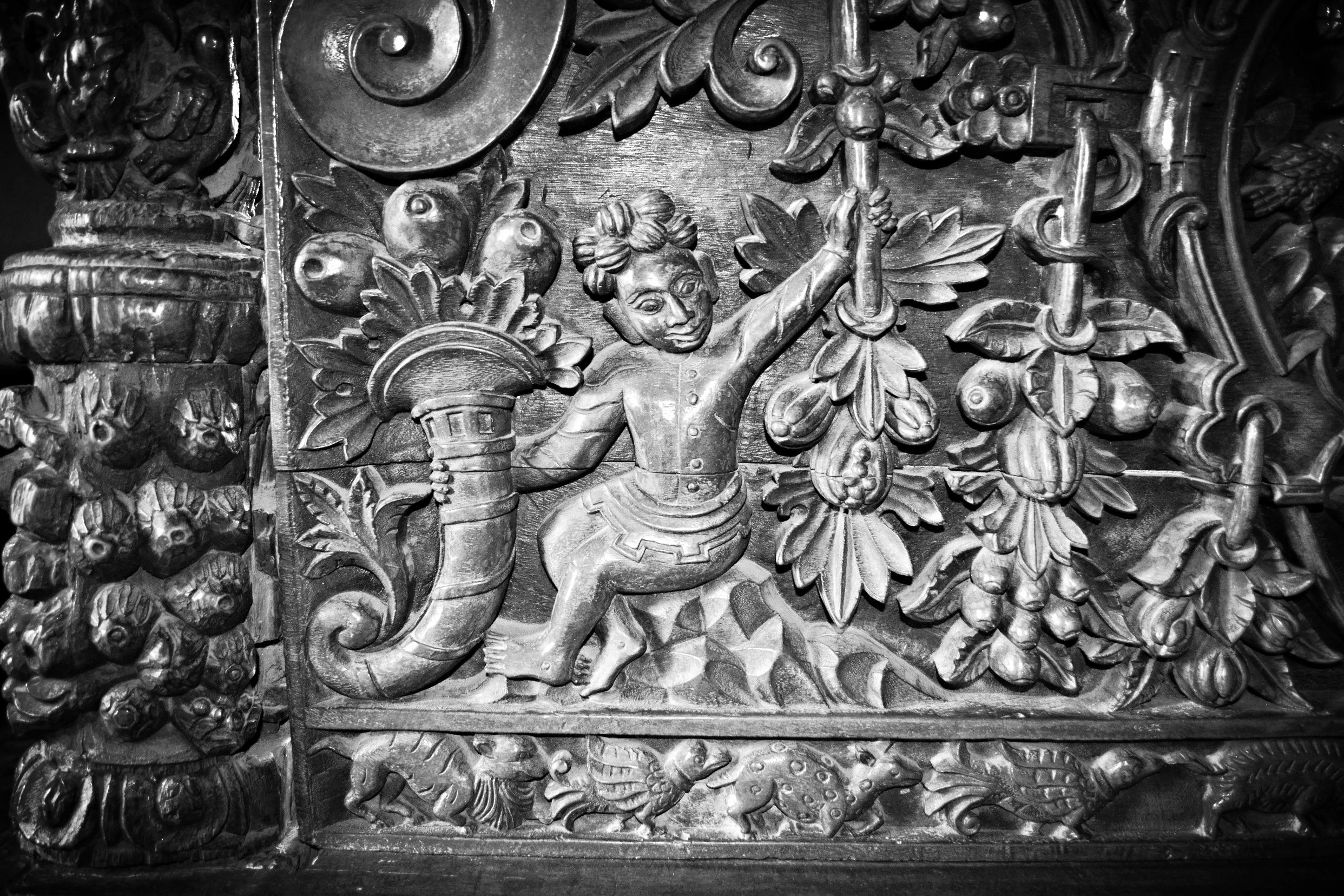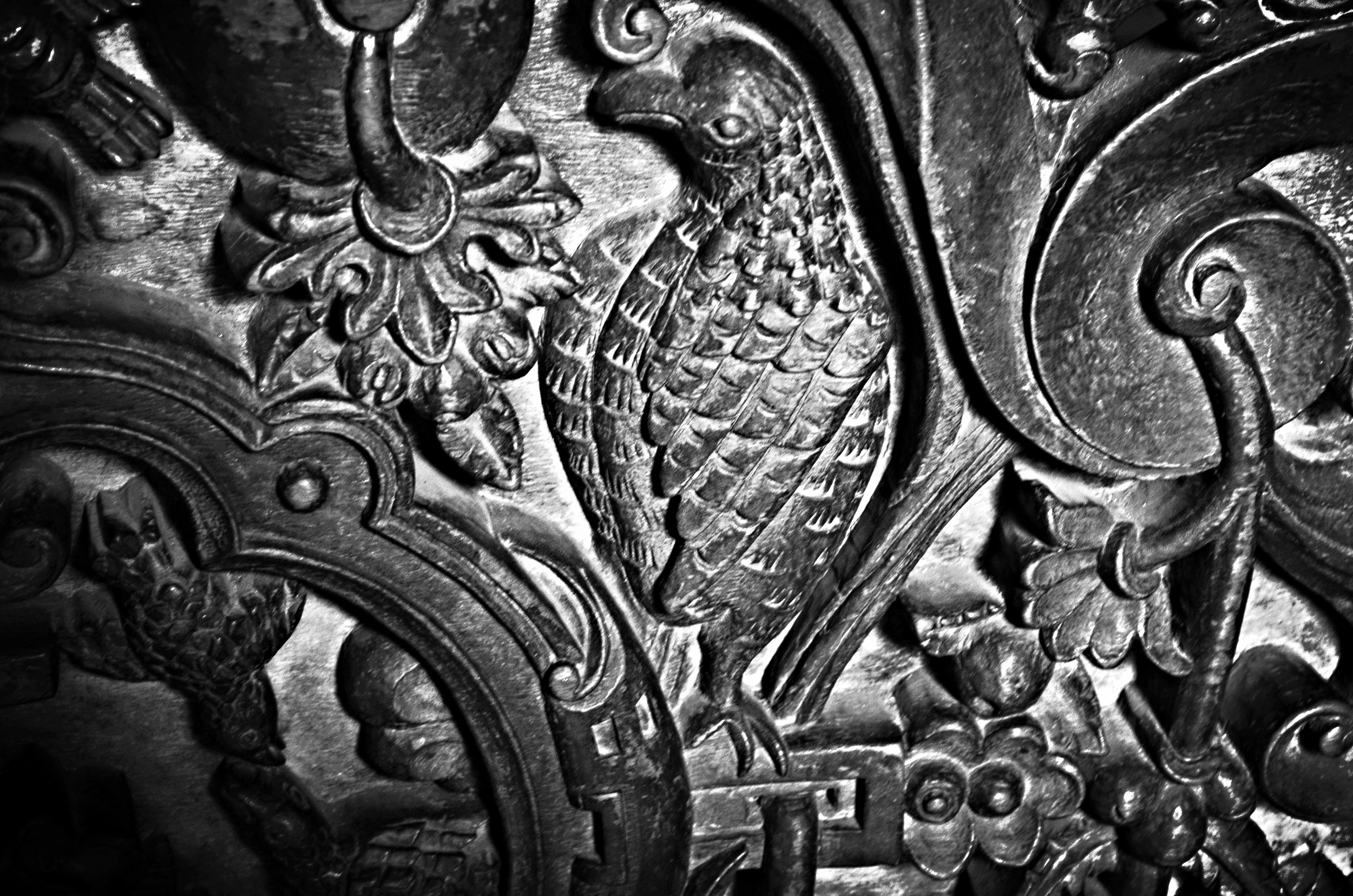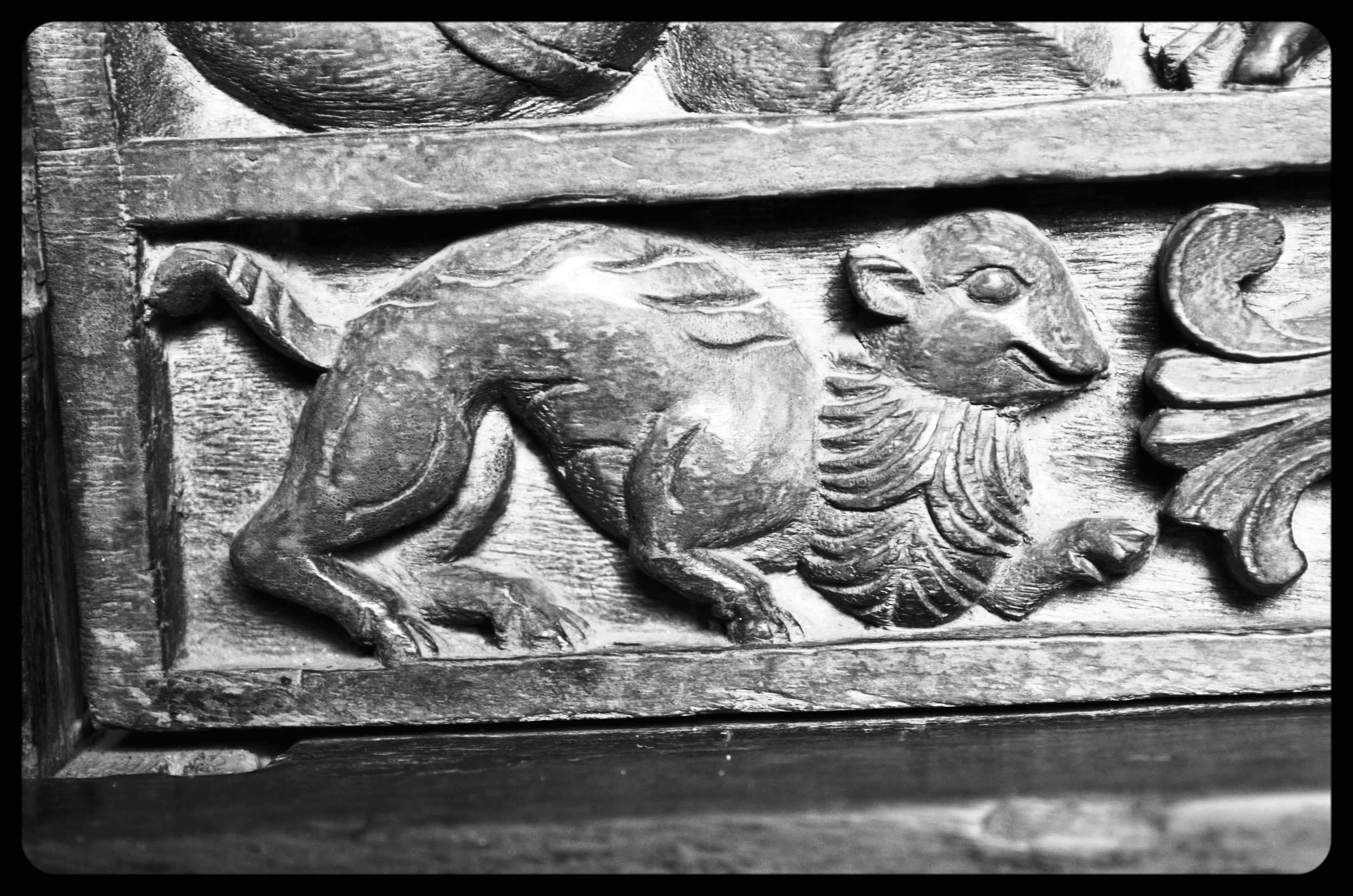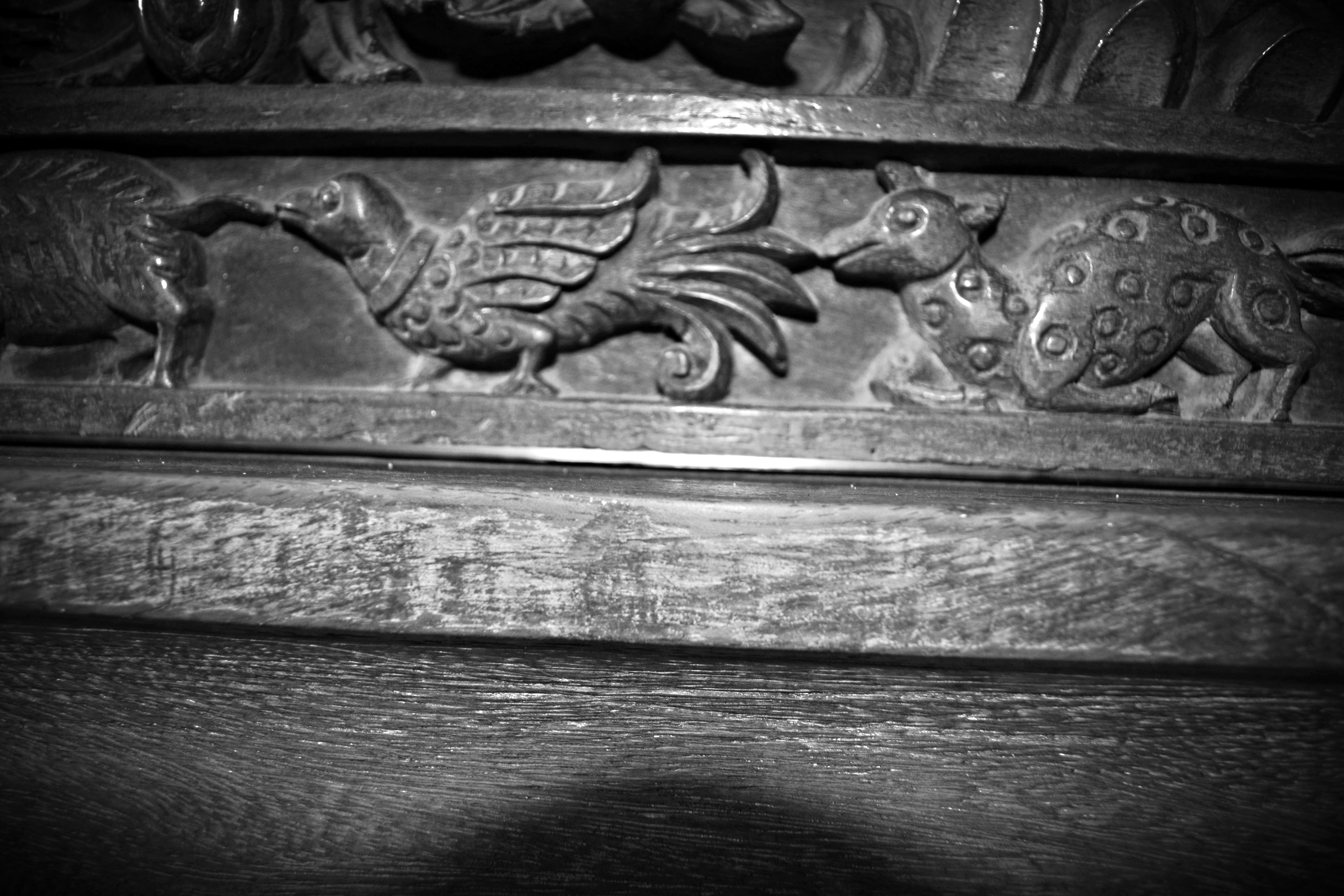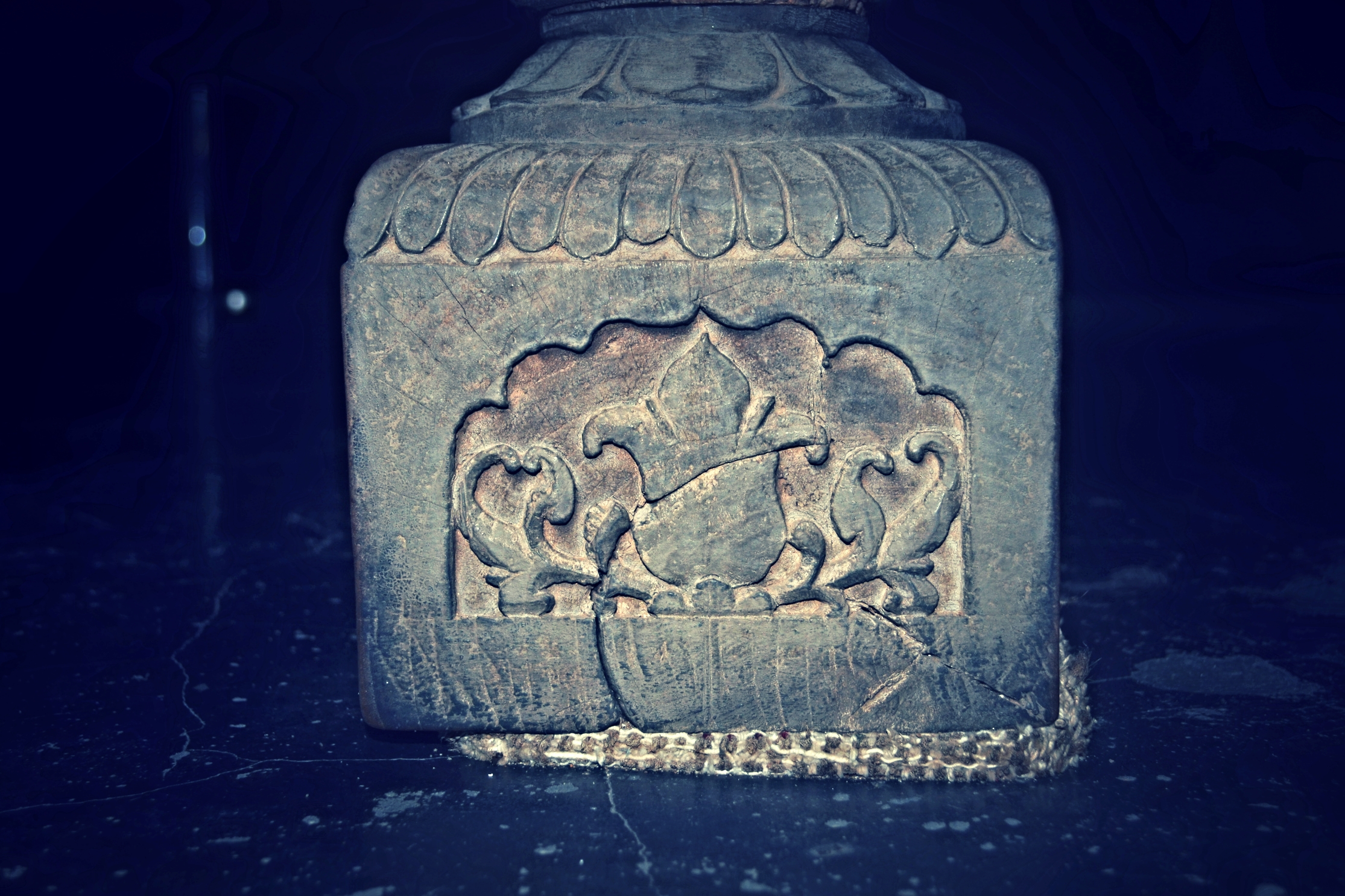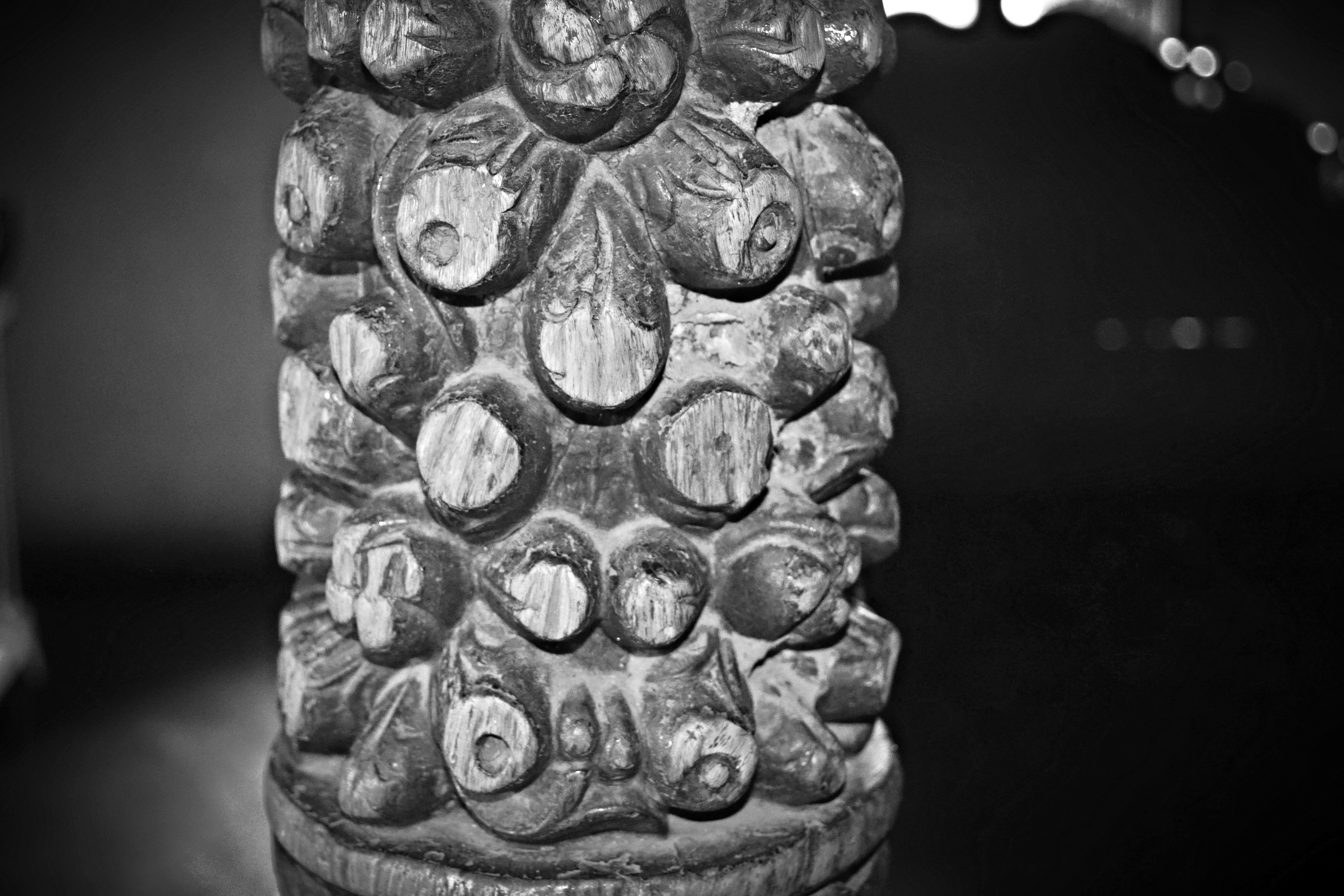So, did van Goens and Rheede present this bed to Marthanda Varma, then?
If they did, they were 60 years too early, for Travancore, the kingdom that later became part of Kerala, did not exist in seventeenth century. In its place was, its predecessor, the Venad kingdom with their capital at Kollam (Quilon) who were tributaries of the Madurai Nayakas. While sources claim that the oldest part of Padmanabhapuram Palace dates from this time, we do not have much proof by way of visual or archival records. (The "Thaikottaram" considered the oldest structure in the palace complex is dated to fifteenth century by some, but the architecture of the building is, in many ways, quite similar to the other buildings in that complex made in the eighteenth century. I, therefore, doubt the dating of that building.)
If, as suggested by many, Admiral van Goens presented this bed to the ruler of the region, then it was definitely not the illustrious ruler Marthanda Varma mentioned here. It could be the little known potentate Aditya Varma, whose name I have not seen anywhere in the annals of Kerala history, except on a dubious website that charts a genealogy of "Hindu" kings of Travancore. In reality, we have little to no information at present about seventeenth-century South Kerala until 1677 when a queen, Umayamma, comes into power at Attingal and signs treaties galore with Europeans. So why then, would, the Dutch East India Company officials lug a really heavy bed all the way to the tip of South India, to produce it as a gift, to a hardly known political figure, whose capital was in Kollam, a good 75 miles north of Padmanabhapuram palace?
While I am still seeking answers to the art historical mystery that is this bed, I have discovered in the last couple of years, the existence of similar beds in Portugal were they have been categorized as "Indo-Portuguese" furniture from eighteenth century. Indeed, in its choice of motifs and stylization, one of these beds that I have seen in person in Sintra Palace Museum in Portugal, have a lot in common with the Padmanabhapuram bed.


